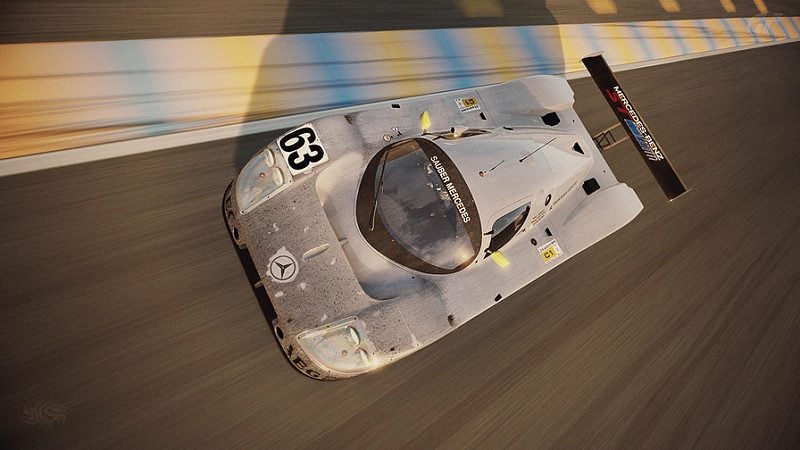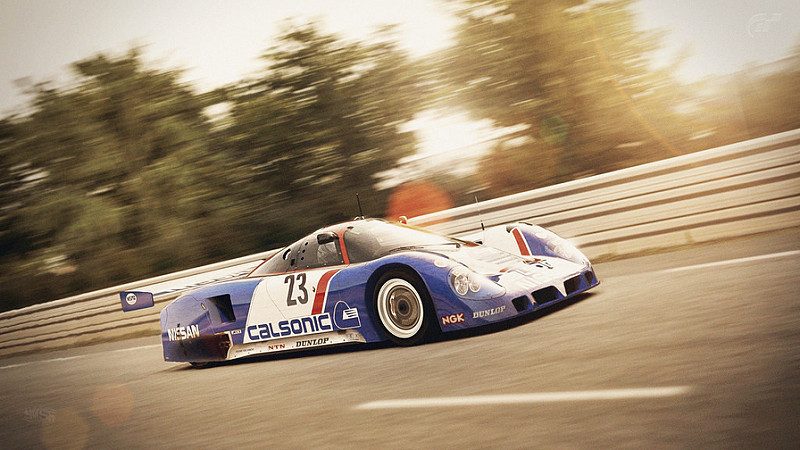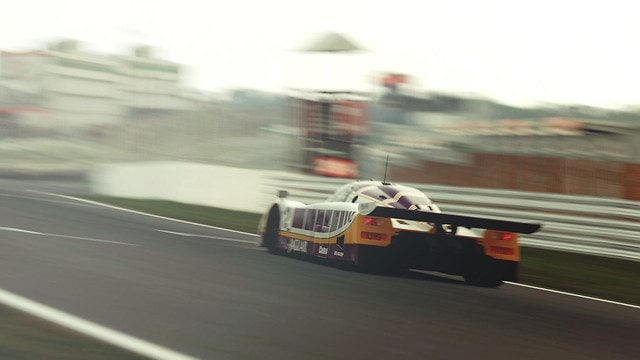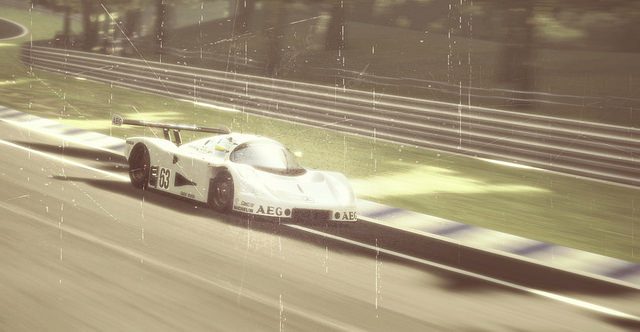- 629

- Puerto Rico
I, among many others, romanticize the Group C race cars. The effect on me, when I saw the Mazda 787B in person many years ago, was so much, that it left an indelible impression. So here is my tribute to the Group C Gods.
As automotive technologies evolve, so must the rules in racing change and help maintain a level field in completion. In 1982, the FIA modified their car classifications again into Group A (touring cars), B (grand touring sports car racing and rallying-another legendary group) and C (sports prototypes that put a fuel consumption limit of 60 liters per 100 kilometers of racing). Group C cars had other restrictions, but what made it successful was what they left out. Use any engine or turbo size! Well, the engineers had their prayers answered because the racing gods finally smiled upon them. Speeds increased, not so much safety, but their most impressive characteristic was also their worst enemy. With top speeds, on average, over 240 mi/hr (386 km/hr) down the Mulsanne Straight, ever increasing engine/chassis costs, limited privateer team participation and even the ban of turbos in 1991 eventually could not stop the elimination of the group by end of the 1992 season. Gran Turismo 6 has included 7, Group C race cars in the game, these are:
Please, honor ONLY these Group C racecar gods with your photographic tribute. I and those who visit this humble thread will pay you with our eternal respects.
 Sauber Mercedes C9 1989 24 Hours of Le Mans by Metalsun1, on Flickr
Sauber Mercedes C9 1989 24 Hours of Le Mans by Metalsun1, on Flickr
Mercedes-Benz had retired from top tier racing since the tragic accident in the 1955 24 Hours of Le Mans. That’s until the privateer racing team Sauber, asked M-B in 1984 for some time in their new wind tunnel so they can develop their C8 race car. M-B’s involvement crept from there to engine supplier, then full factory support by 1988 with the C9. Among other improvements above the previous generation, the development of a 4-valve DOHC increased the power output to 720 bhp in race trim. The C9s were very dominant in the 1989 season, winning all but one race. During the 1989 24 Hours of Le Mans, the C9 reached 248.0 mph (400 km/h) during their qualifying sessions down the Mulsanne Straight. Eventually, the #63 Sauber Mercedes driven by Jochen Mass, Manuel Reuter and Stanley Dickens took the checkered flag in a 1st, 2nd, and 5th finish. By the next season, 2 new chicanes were installed in the track to slow the cars down.
As automotive technologies evolve, so must the rules in racing change and help maintain a level field in completion. In 1982, the FIA modified their car classifications again into Group A (touring cars), B (grand touring sports car racing and rallying-another legendary group) and C (sports prototypes that put a fuel consumption limit of 60 liters per 100 kilometers of racing). Group C cars had other restrictions, but what made it successful was what they left out. Use any engine or turbo size! Well, the engineers had their prayers answered because the racing gods finally smiled upon them. Speeds increased, not so much safety, but their most impressive characteristic was also their worst enemy. With top speeds, on average, over 240 mi/hr (386 km/hr) down the Mulsanne Straight, ever increasing engine/chassis costs, limited privateer team participation and even the ban of turbos in 1991 eventually could not stop the elimination of the group by end of the 1992 season. Gran Turismo 6 has included 7, Group C race cars in the game, these are:
Jaguar, XJR-9 LM Race Car ‘88
Mazda, 787B Race car ‘91
Mercedes-Benz, Sauber Mercedes C9 Race Car ‘89
Nissan, R89C Race Car ‘89
Nissan, R92CP Race Car ‘92
Peugeot, 905 Race Car ‘92
Toyota, Minolta Toyota 88C-V Race Car ‘89
Mazda, 787B Race car ‘91
Mercedes-Benz, Sauber Mercedes C9 Race Car ‘89
Nissan, R89C Race Car ‘89
Nissan, R92CP Race Car ‘92
Peugeot, 905 Race Car ‘92
Toyota, Minolta Toyota 88C-V Race Car ‘89
Please, honor ONLY these Group C racecar gods with your photographic tribute. I and those who visit this humble thread will pay you with our eternal respects.
 Sauber Mercedes C9 1989 24 Hours of Le Mans by Metalsun1, on Flickr
Sauber Mercedes C9 1989 24 Hours of Le Mans by Metalsun1, on FlickrMercedes-Benz had retired from top tier racing since the tragic accident in the 1955 24 Hours of Le Mans. That’s until the privateer racing team Sauber, asked M-B in 1984 for some time in their new wind tunnel so they can develop their C8 race car. M-B’s involvement crept from there to engine supplier, then full factory support by 1988 with the C9. Among other improvements above the previous generation, the development of a 4-valve DOHC increased the power output to 720 bhp in race trim. The C9s were very dominant in the 1989 season, winning all but one race. During the 1989 24 Hours of Le Mans, the C9 reached 248.0 mph (400 km/h) during their qualifying sessions down the Mulsanne Straight. Eventually, the #63 Sauber Mercedes driven by Jochen Mass, Manuel Reuter and Stanley Dickens took the checkered flag in a 1st, 2nd, and 5th finish. By the next season, 2 new chicanes were installed in the track to slow the cars down.
Last edited:


 Mazda 787B 1991 24 Hours of Le Mans
Mazda 787B 1991 24 Hours of Le Mans Jaguar XJR-9 1988 24 Hours of Le Mans
Jaguar XJR-9 1988 24 Hours of Le Mans Nissan R89C 1989 24 Hours of Le Mans
Nissan R89C 1989 24 Hours of Le Mans













































